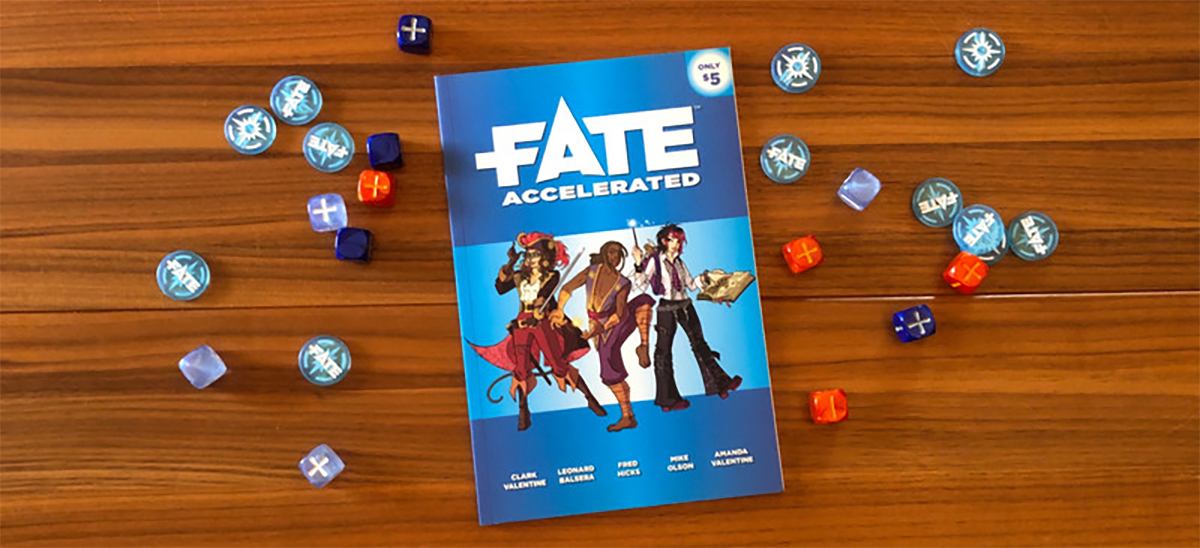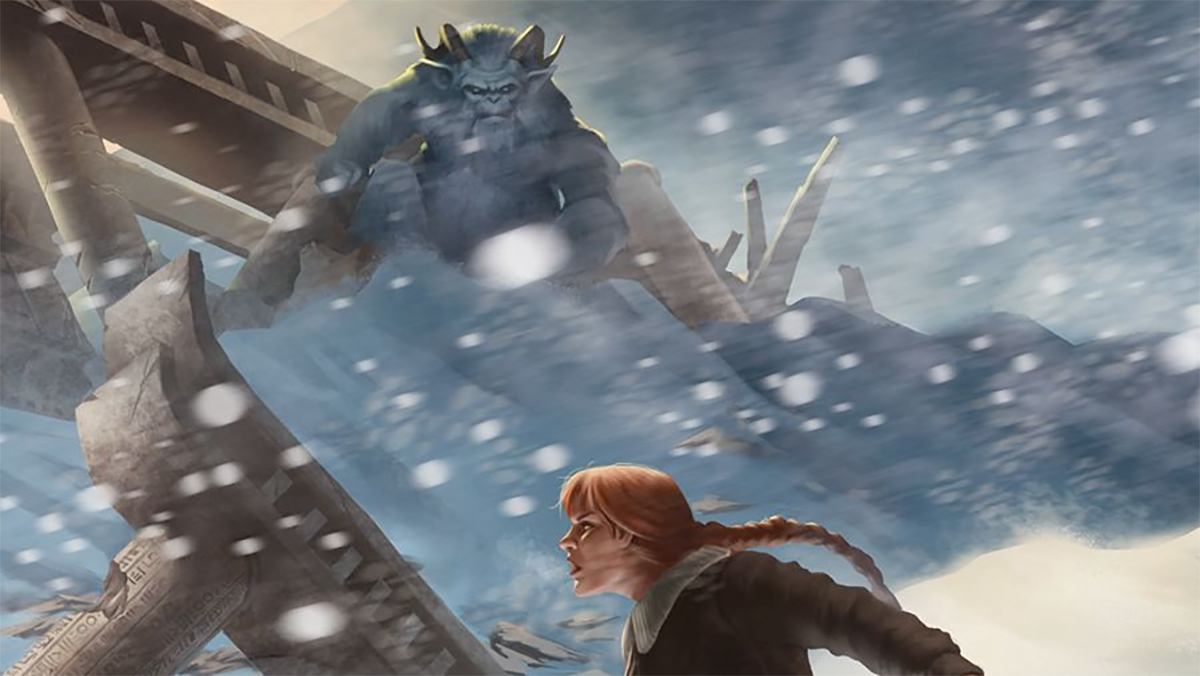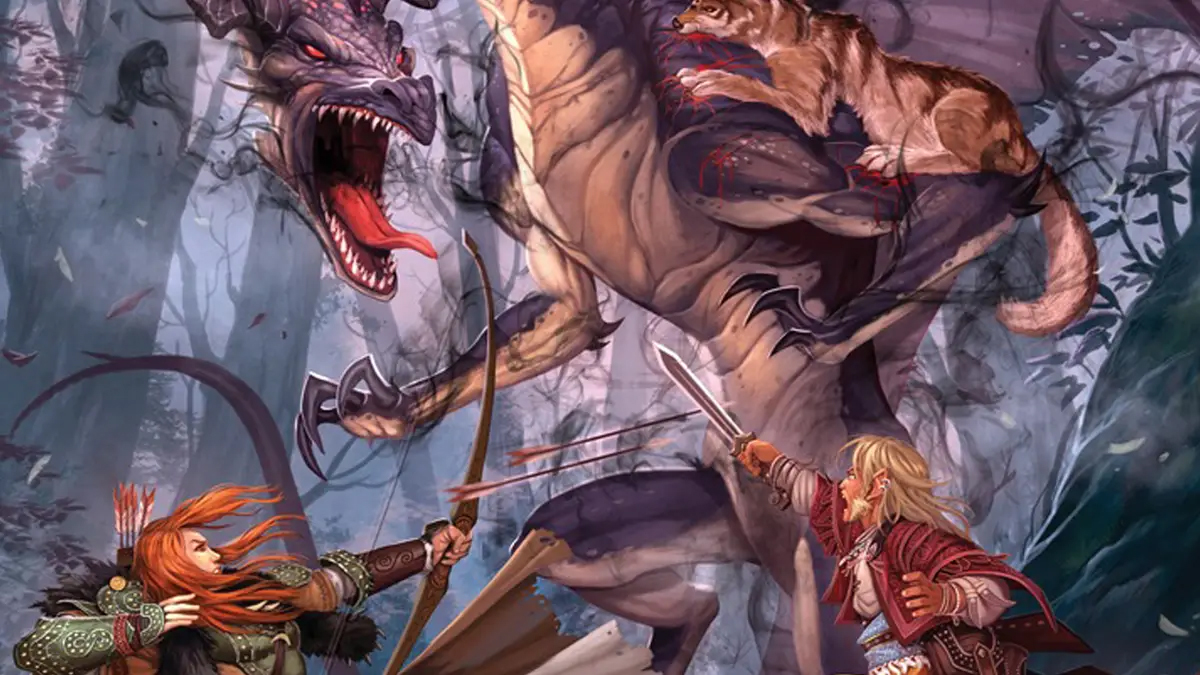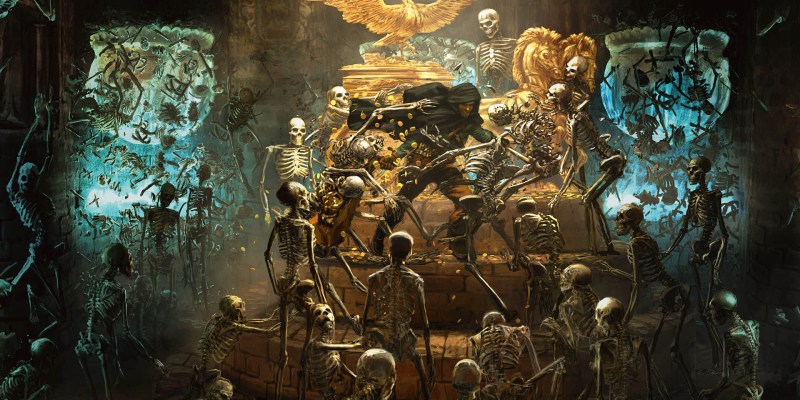With a nearly 50-year history, several theatrical movies (with a few more low-budget ones), and a dragon’s hoard spent each year on advertising and marketing from Wizards of the Coast (and parent company Hasbro), Dungeons and Dragons is the most recognized tabletop RPG. However, it’s far, far from the only one. Whether you’re looking to play a less combat-focused campaign, want to experiment with a roleplay-focused rule set, or want to escape DnD due to their growing number of controversies over the years, there are many great alternatives to the game. Here are four I think are great.
FATE

DnD tends to lead to pass/fail scenarios. If you try to talk someone out of doing a thing and fail, you don’t get a second chance (and you possibly start combat). But DnD’s combat is more give and take. Enemies have HP that depletes with each successful attack, and different types of attacks inflict different amounts and types of damage.
In FATE, characters have physical and mental HP. If you attempt to persuade or intimidate someone and succeed, that’s one chip off of their total social HP. If you fail, it counts as a miss, but not a complete failure. This allows for more dynamic and layered social interactions and roleplaying moments. It can also lead to scenarios where if you don’t do as well as you hoped, you can get what you want but the DM introduces a price you must pay to acquire it.
FATE also works as a skill-based system. You don’t have stats like strength or wisdom that impact your martial arts skills or ability to spot a trap. You pick a few skills or situations your character excels in. You can be a great chef and a strong fighter and not have to deal with other stats or class restrictions making either of those less effective than you want them to be.
If you need another reason, FATE is PWYW (pay what you want). So if you want to give it a shot, the initial investment has the most enticing price. There are also loads of settings within the FATE system, such as cosmic horror, sci-fi, and much more.
SAVAGE WORLDS

Savage Worlds is a balancing act between the fluffy, rules-light games like FATE and Powered by the Apocalypse and the crunchy, ability-focused games like Dungeons and Dragons. It’s also my favorite on this list (aside from Lexicon).
In combat, Savage Worlds focuses more on the moment-to-moment excitement and possible danger rather than the power fantasy of DnD. In DnD, a level 1 fighter is about as much of a threat to a level 10 character as a centipede is to you, dear reader. In Savage Worlds, a small child with a knife still has a knife, and if you’re wounded by a previous foe, aren’t equipped with armor that can repel a knife, or don’t take that knife seriously enough, it can still cut you. Possibly somewhere vital.
To keep you from getting one-shotted by the child with a knife, Savage Worlds has a mechanic called bennies. You get several each session and can spend them to avoid damage. However, you can also use them to reroll dice when you roll low and influence the game in other ways, so how you spend this limited resource each session is a key part of the game. Do you always keep them around to soak damage, or do you risk spending one to try another go at a sailing check to better navigate a storm? The choice is always yours.
Related: Adventure Is Nigh! – Behind the Scenes with Jack and Foundry VTT
AVATAR LEGENDS: THE ROLEPLAYING GAME
![]()
If you’re looking for something with a familiar IP and a unique fantasy setting, check out Avatar Legends. It’s an RPG set in the world of Avatar (as in The Last Airbender and Korra. Not the blue one).
A unique feature in Powered by the Apocalypse games is that XP is awarded for failure. If you succeed, you did well. If you fail, you learn something, and those lessons add up, allowing you to grow your character’s powers or gain new ones.
It’s also fairly simple and straightforward with its class system. Each class or role has a playbook, giving that class a unique ability based on their role. It’s much less front-loaded than DnD, allowing you to understand a character class at a glance rather than having to decipher abilities and what they’ll get over the course of 20 levels.
For those interested in trying something similar but aren’t into Avatar, there are tons of games that use Powered by the Apocalypse. Want a supernatural mystery like Buffy, Scooby Doo, or Supernatural? There’s Monster of the Week. Want to play a game about the lives of teenage monsters? Try Monsterhearts. Want to Change the world for the better by acting with integrity and compassion? Give Thirsty Sword Lesbians a play. All of them run on the same framework. So if you learn to play one, you’ll know most of the rules to play the others. However, each has its own unique hook or mechanic to make them stand out.
PATHFINDER 2

Although Pathfinder 1 is also good, I like 2 even more, so that’s what I’m going to recommend here. Back in the mid-2000s, Wizards of the Coast changed from 3rd edition DnD to 4th. A lot of folks were not happy about the change since 4th edition introduced some controversial mechanics and many people spent untold amounts of money on books for 3rd edition; thanks to the torrent of books Wizards of the Coast put out and even more produced by other companies. So Paizo got the rights to make games with the rules of 3rd edition and keep producing more stuff that (mostly) worked with the rest of the 3rd edition books folks already owned. That game became Pathfinder. They kept the same framework but made some positive changes to the core mechanics and made Pathfinder 2. This concludes the history lesson.
Pathfinder 2 will feel familiar to folks who know Dungeons and Dragons. You have the same six stats (strength, dexterity, constitution, intelligence, wisdom, and charisma) with modifiers, skill checks linked to stats, familiar classes (rogue, barbarian, wizard, and so on), saves, AC, spell slots, etc. But it does a number of things to smooth some of the rough or confusing edges without simplifying the game as much as 5e. Proficiency bonuses are the same as your level, making your character improve in noticeable ways quickly and literally at every level. Feats are more varied, more important, more frequent, and more impactful. Rather than pass/fail combat where you hit or you don’t, you have multiple levels of failure and success depending on how far above or below you are from a target’s AC.
Pathfinder 2 is also like Dungeons and Dragons because it’s a grid-based, combat-focused power fantasy. Players take on the roles of characters who quickly outclass any normal person and can eventually stand up to minor gods and eldritch horrors with faith they could actually win the fight. So if that’s the kind of game you enjoy, Pathfinder 2 is definitely one to check out. Also, HumbleBundle.com often has some incredible Pathfinder 2 book collections for sale, so if you want to dive headfirst without spending all of your money (and give to charity), definitely check that out.
Those are our picks for four alternatives to DnD. If you’re looking for more on the game, check out our tips for new DnD DMs.
